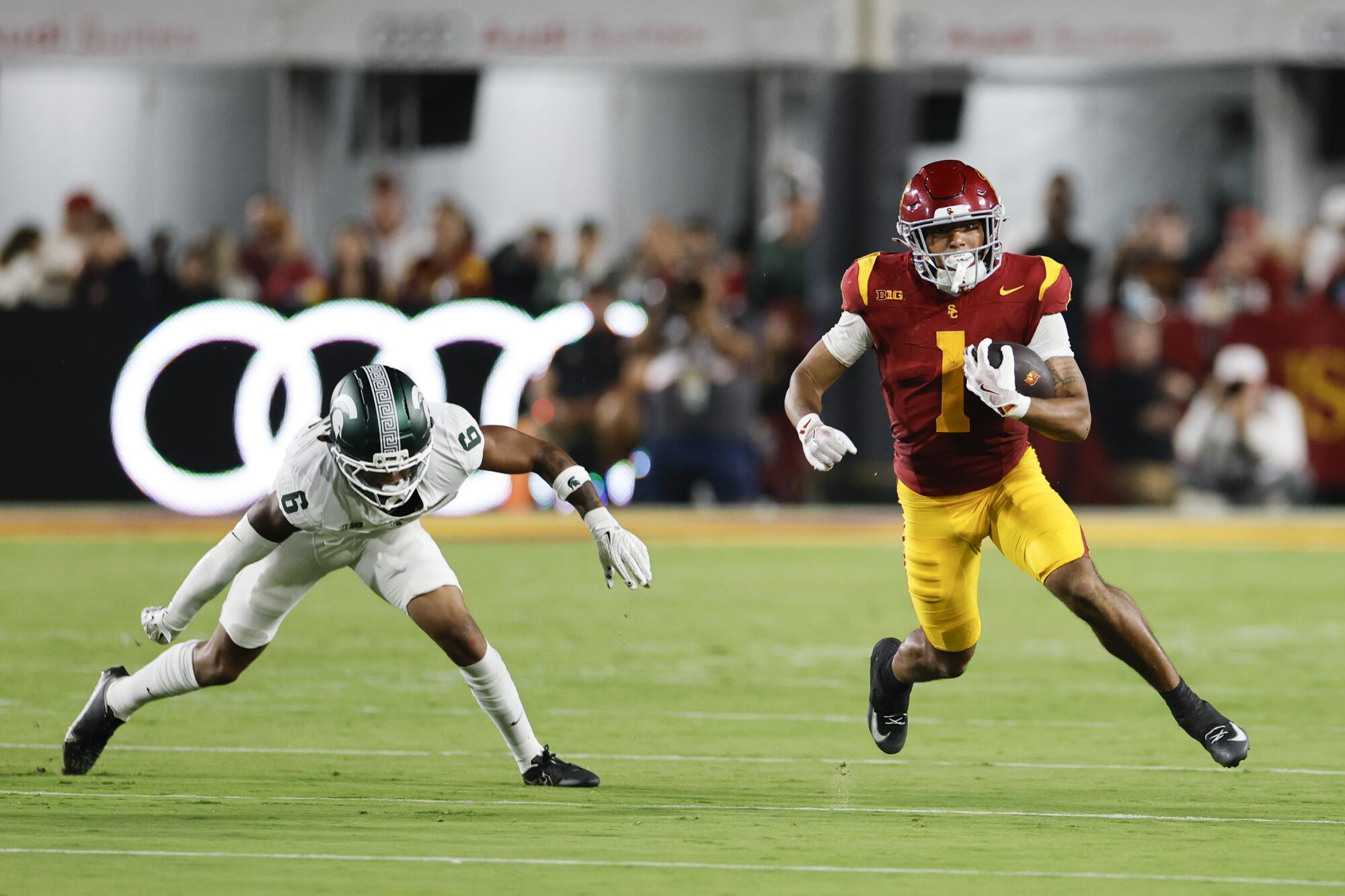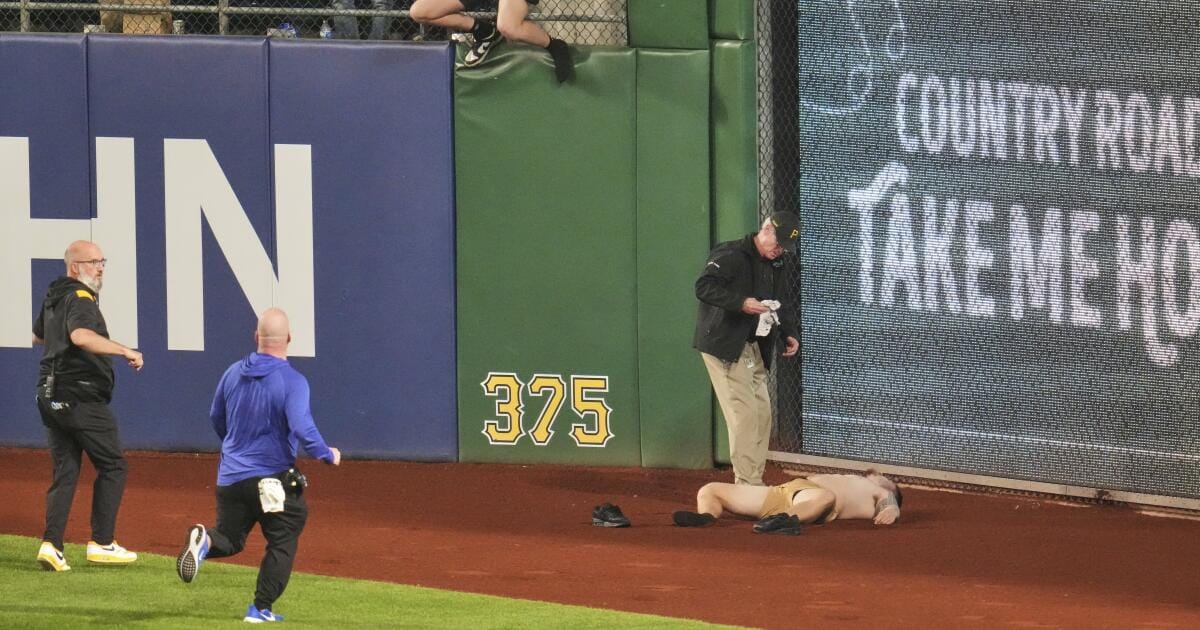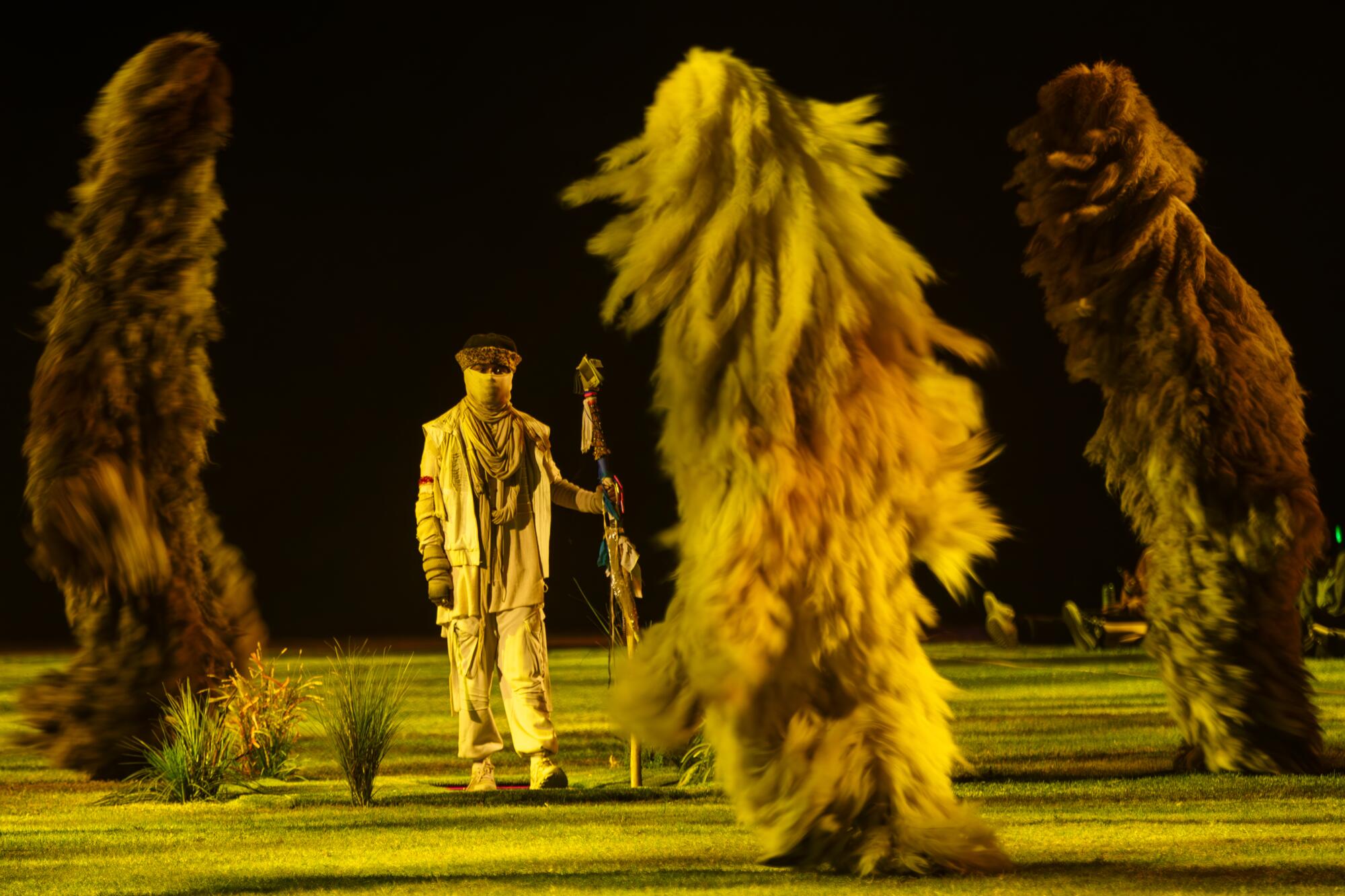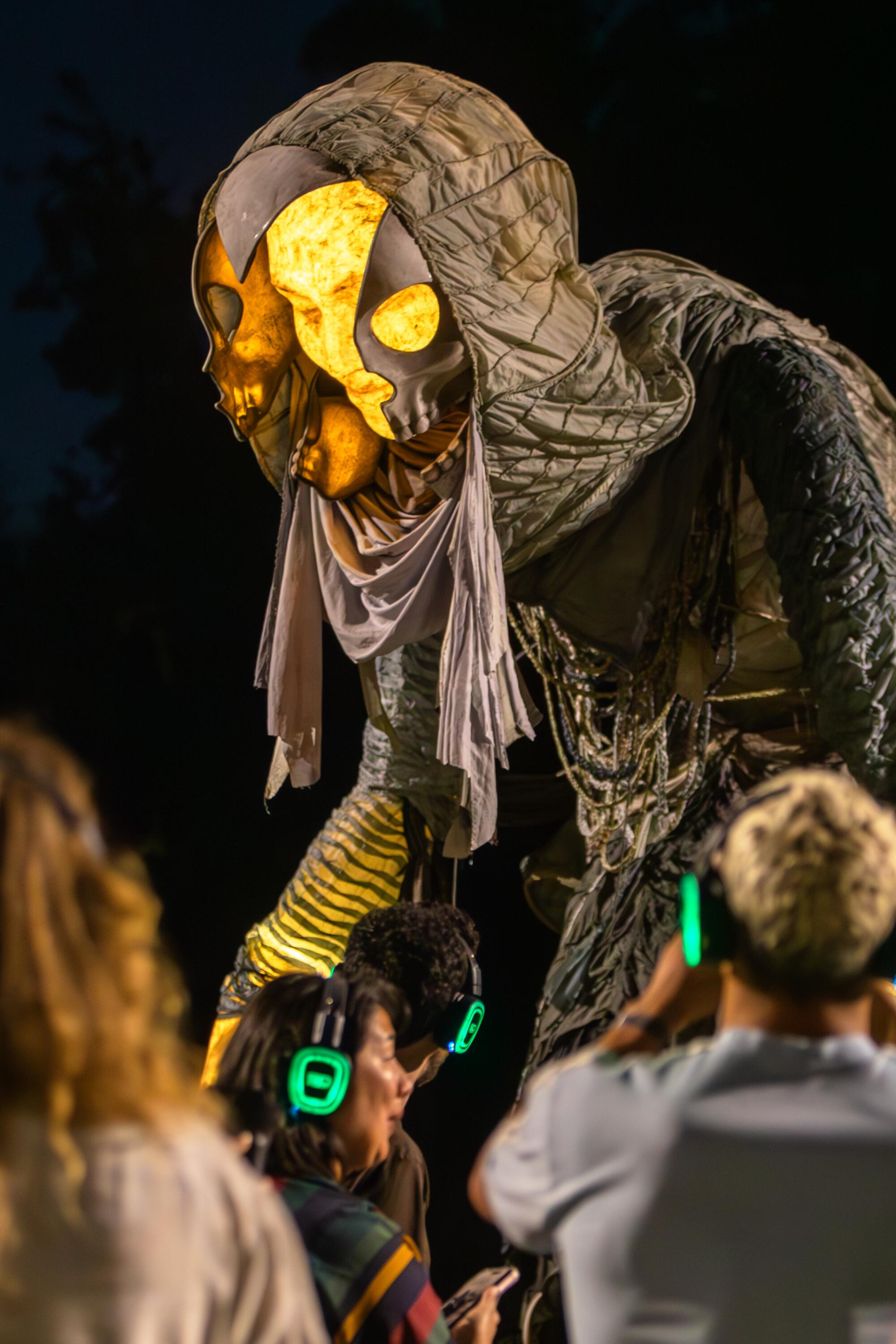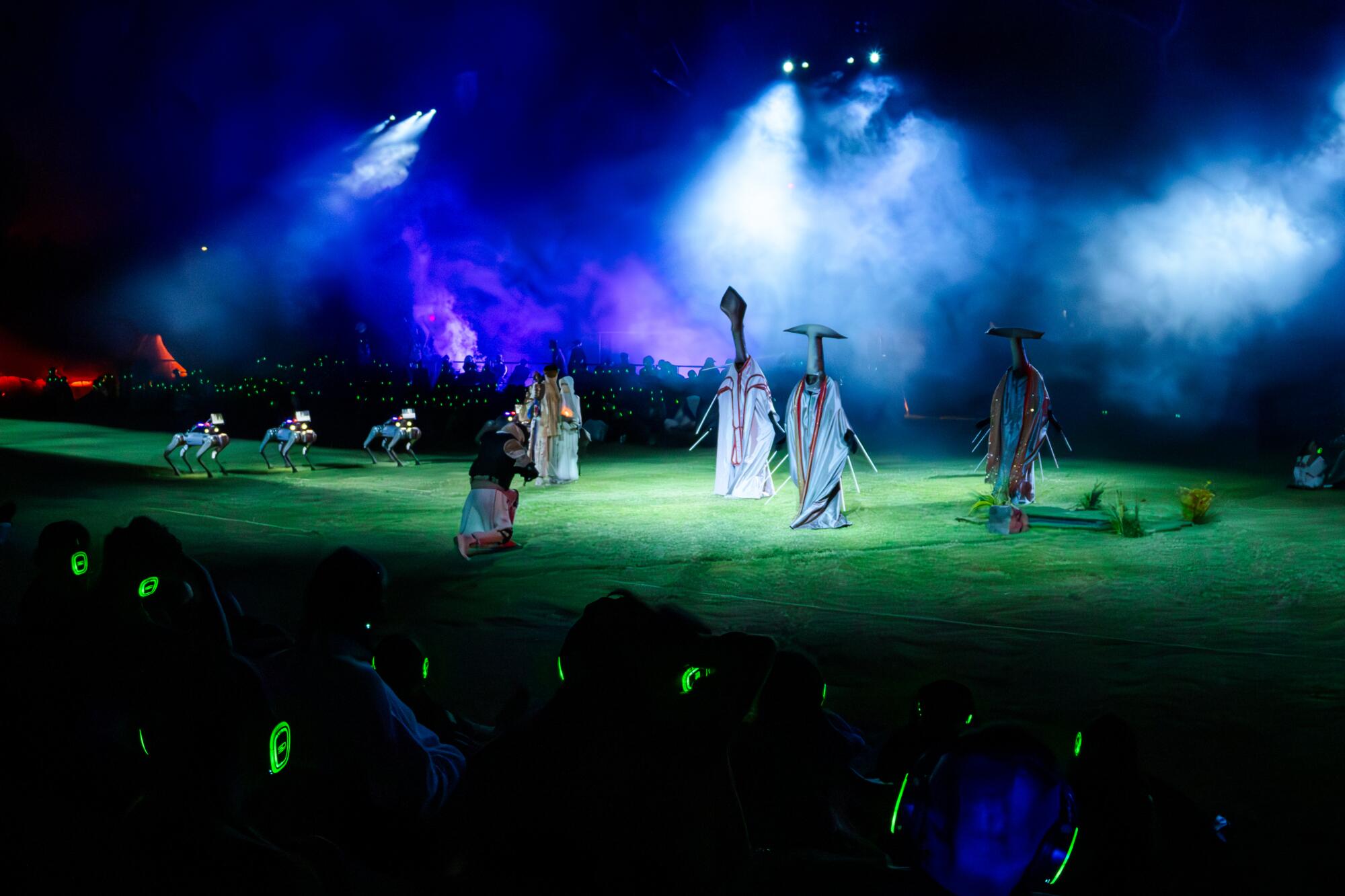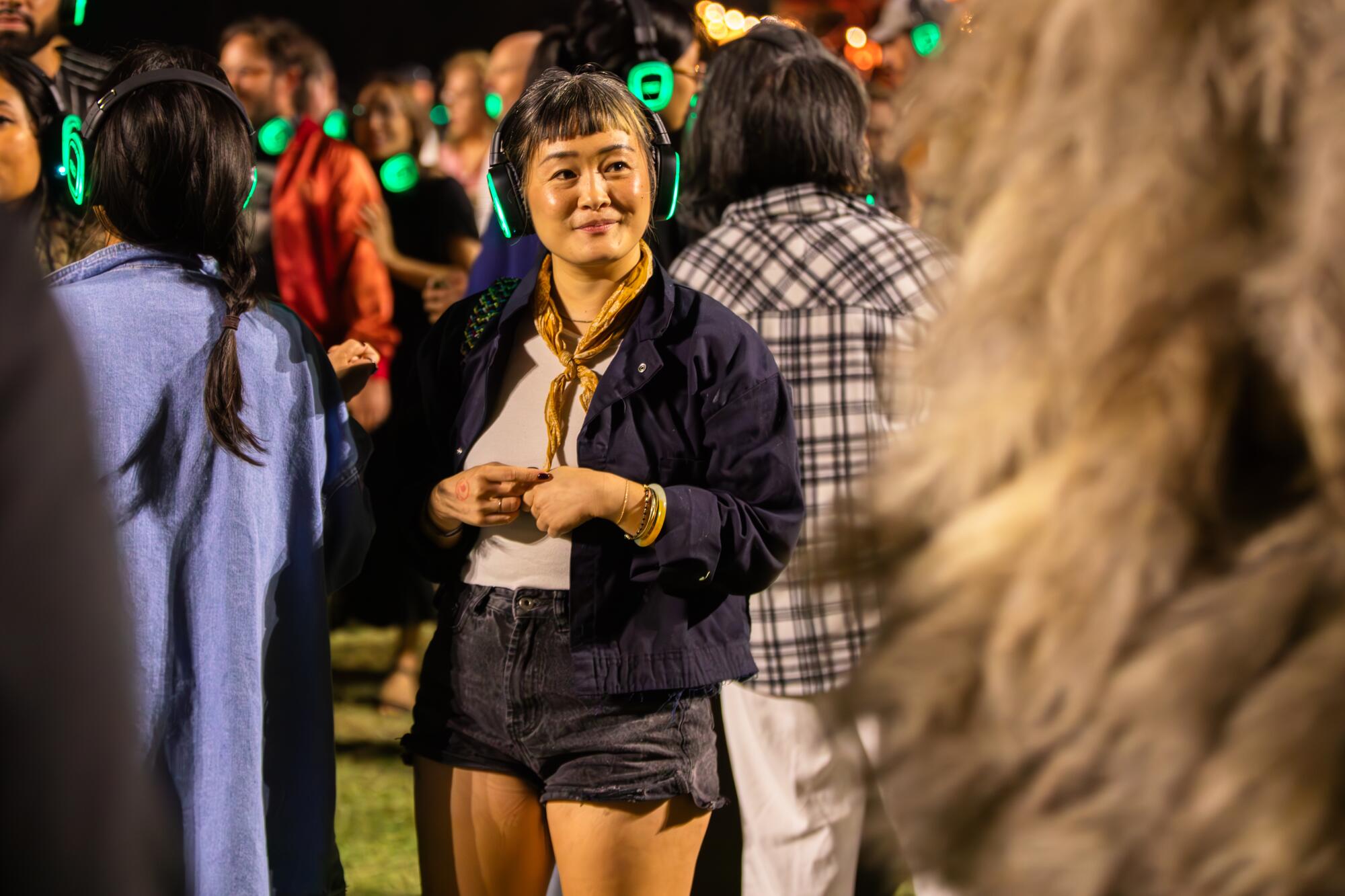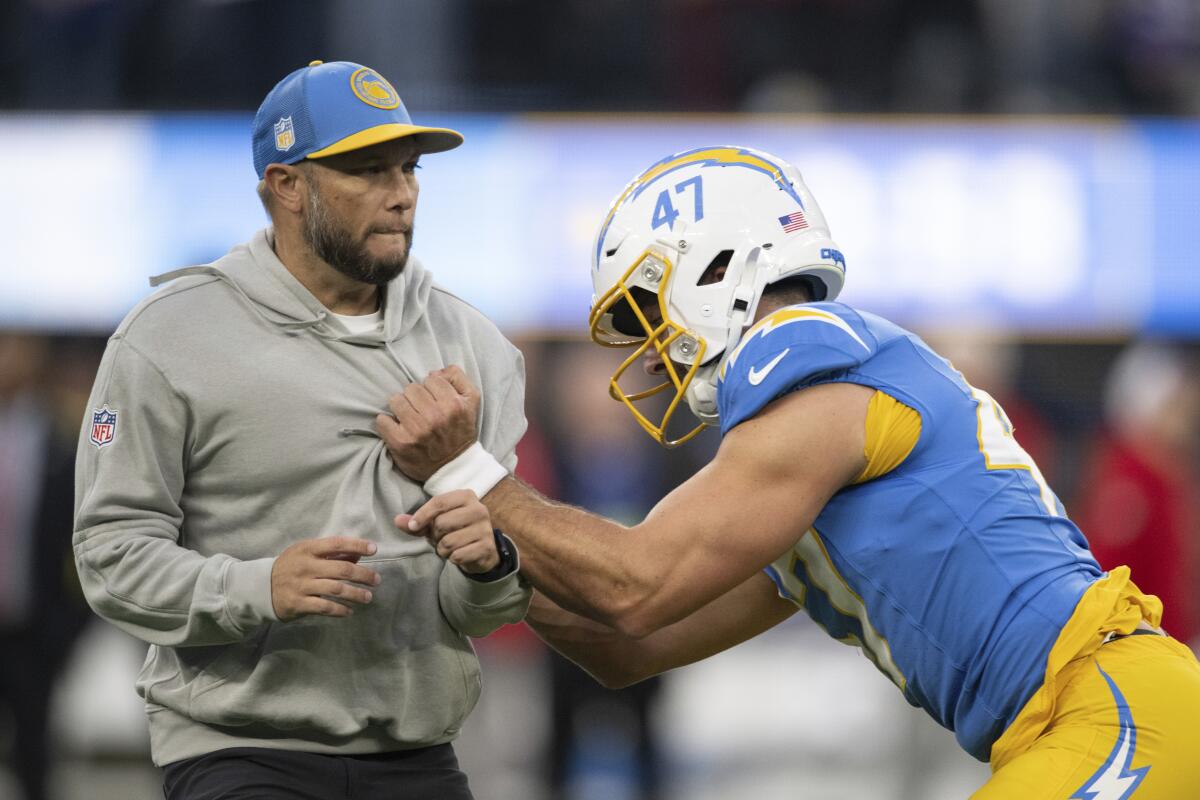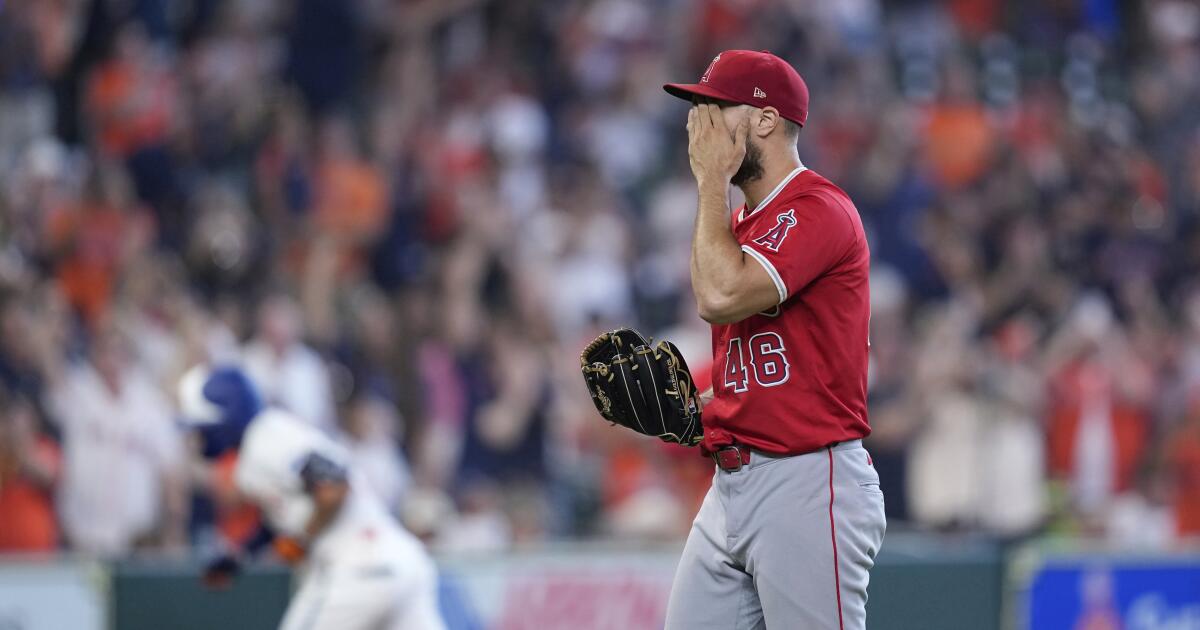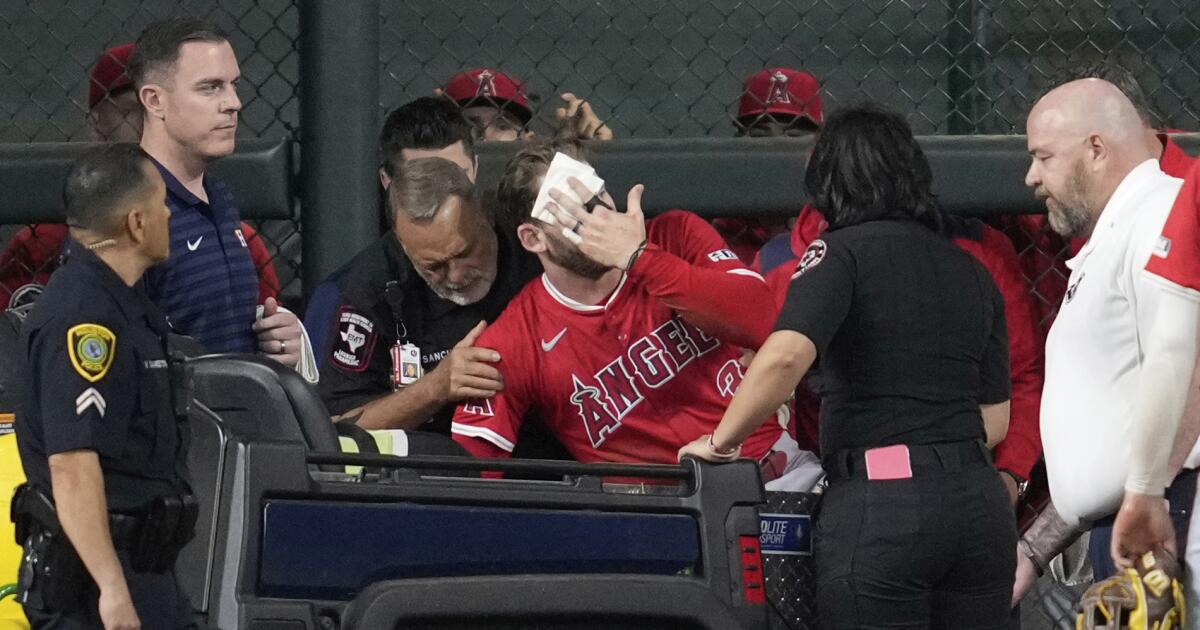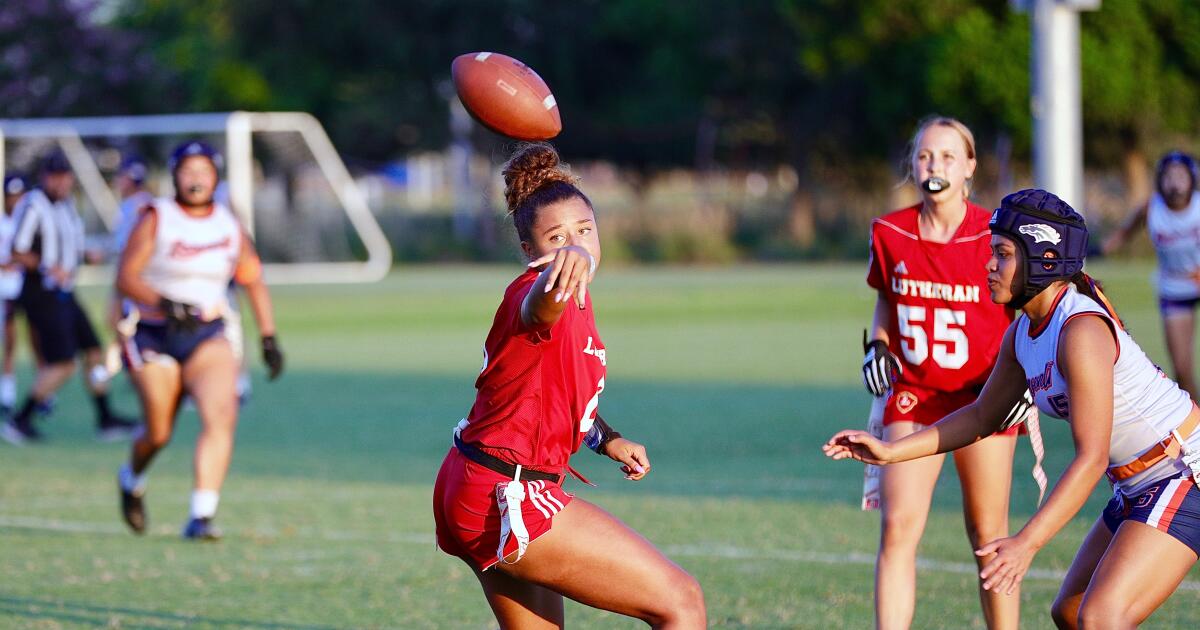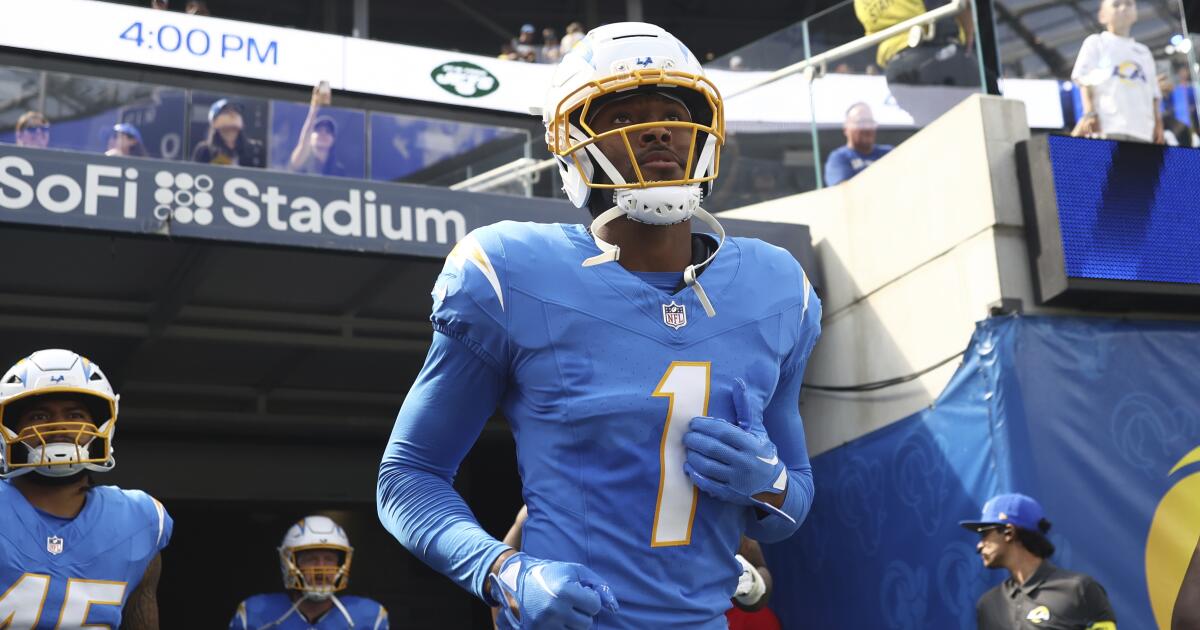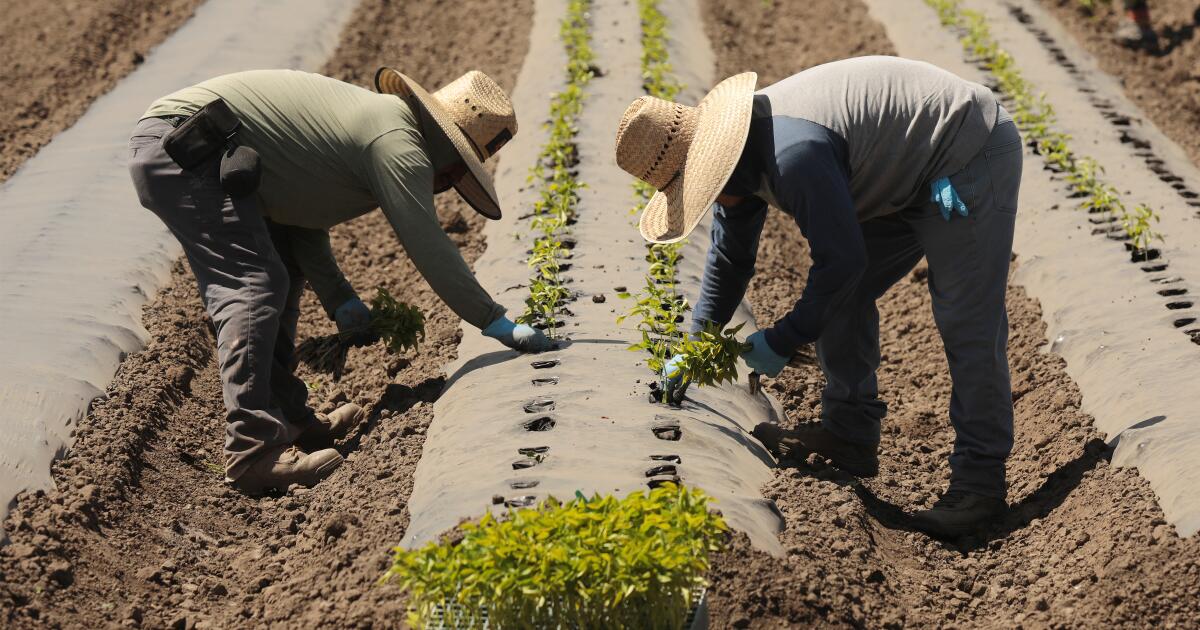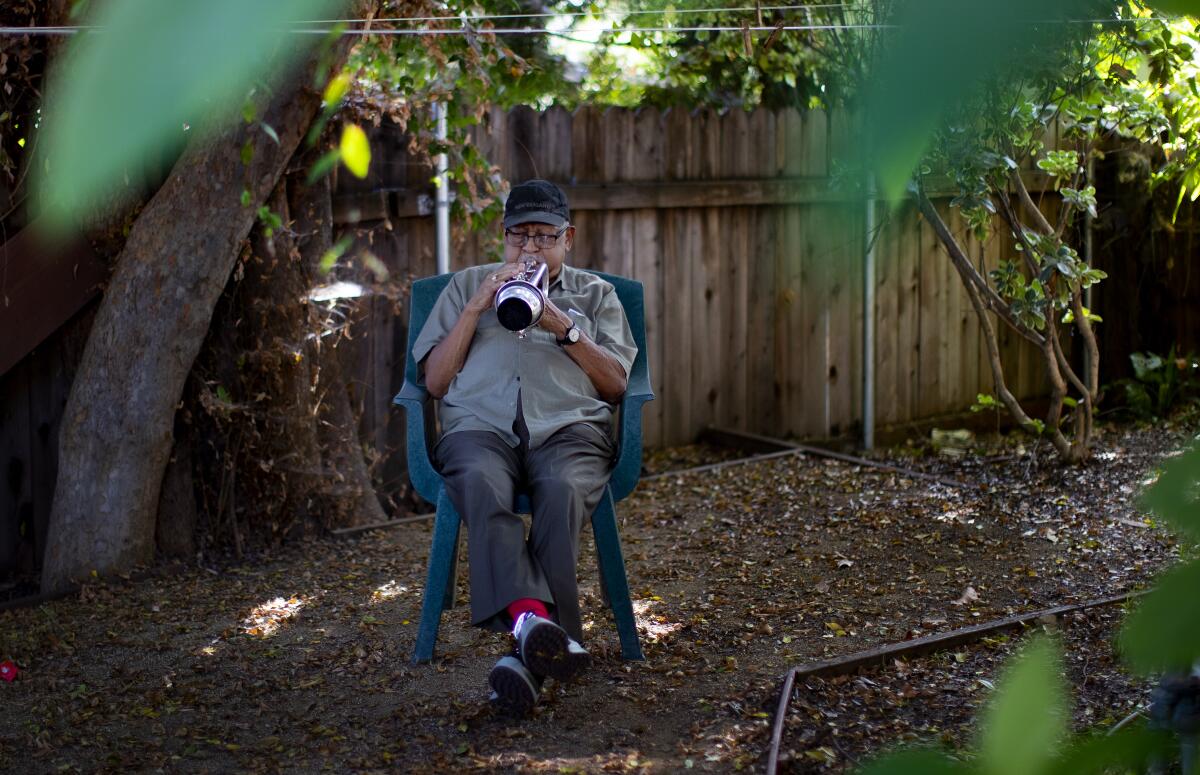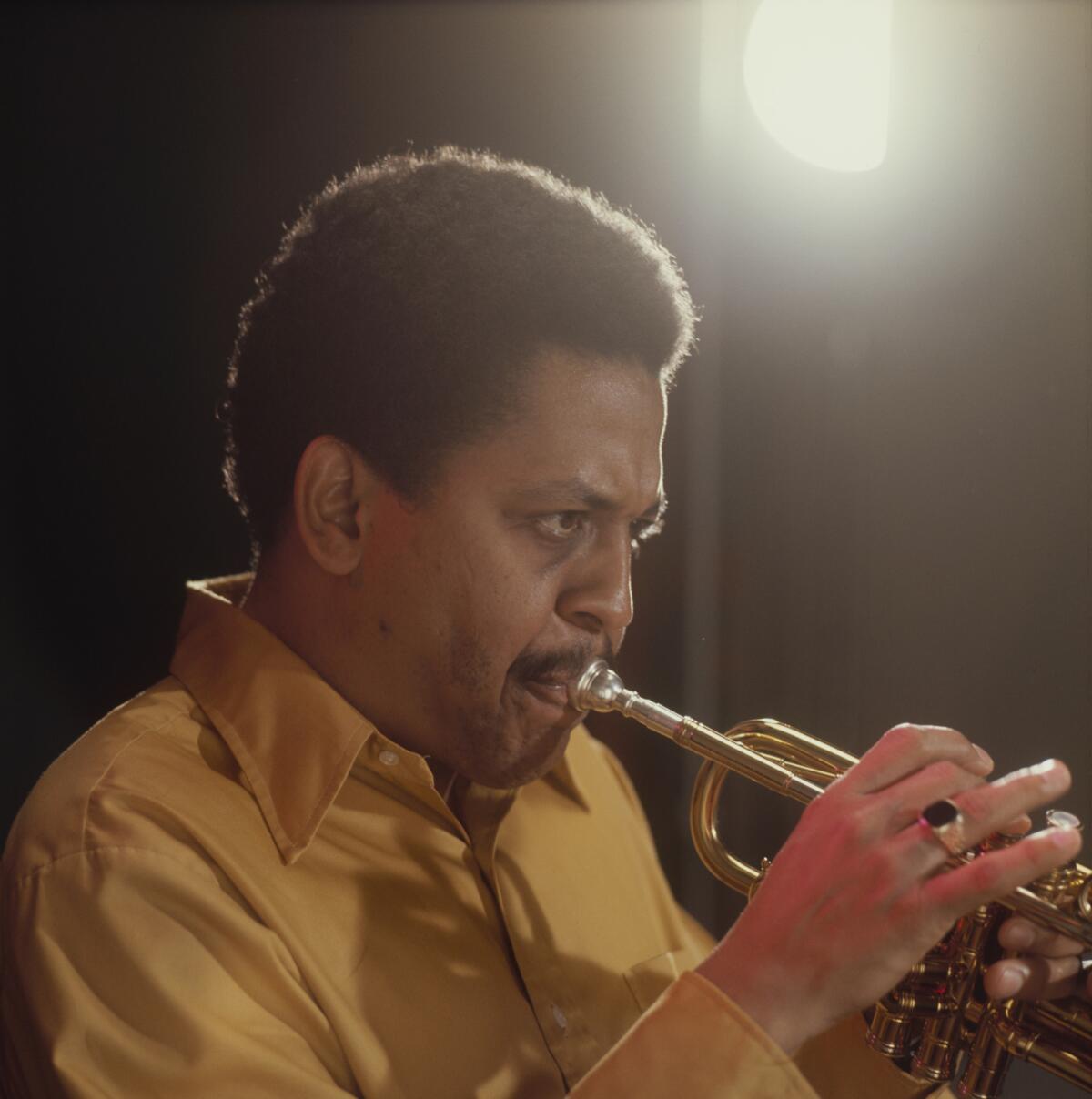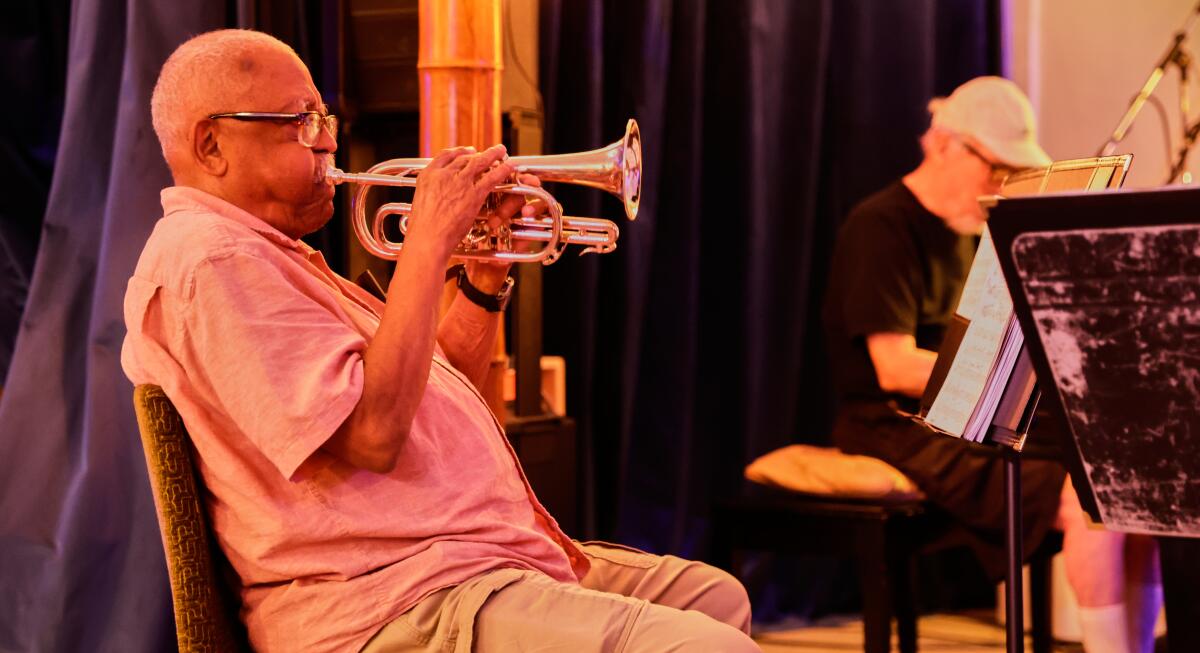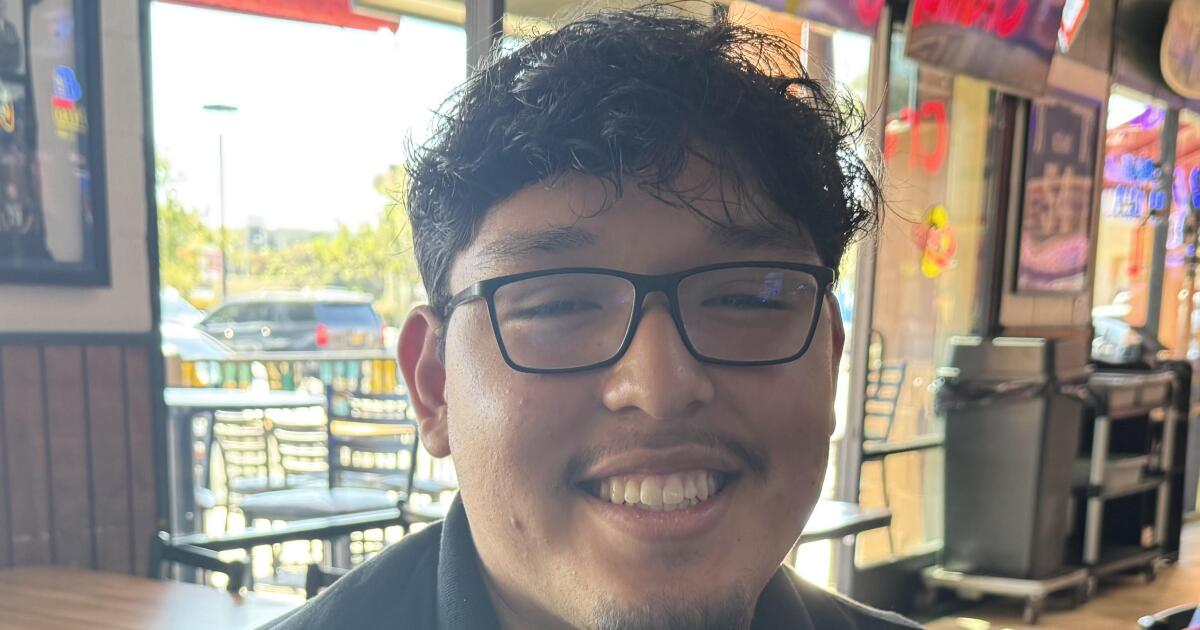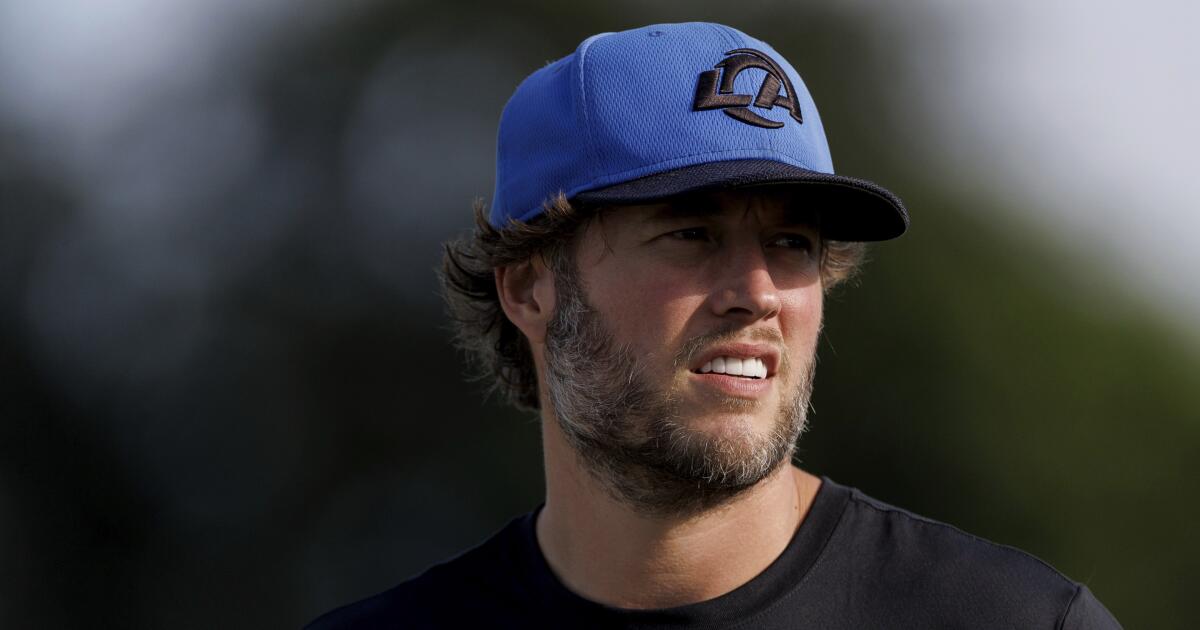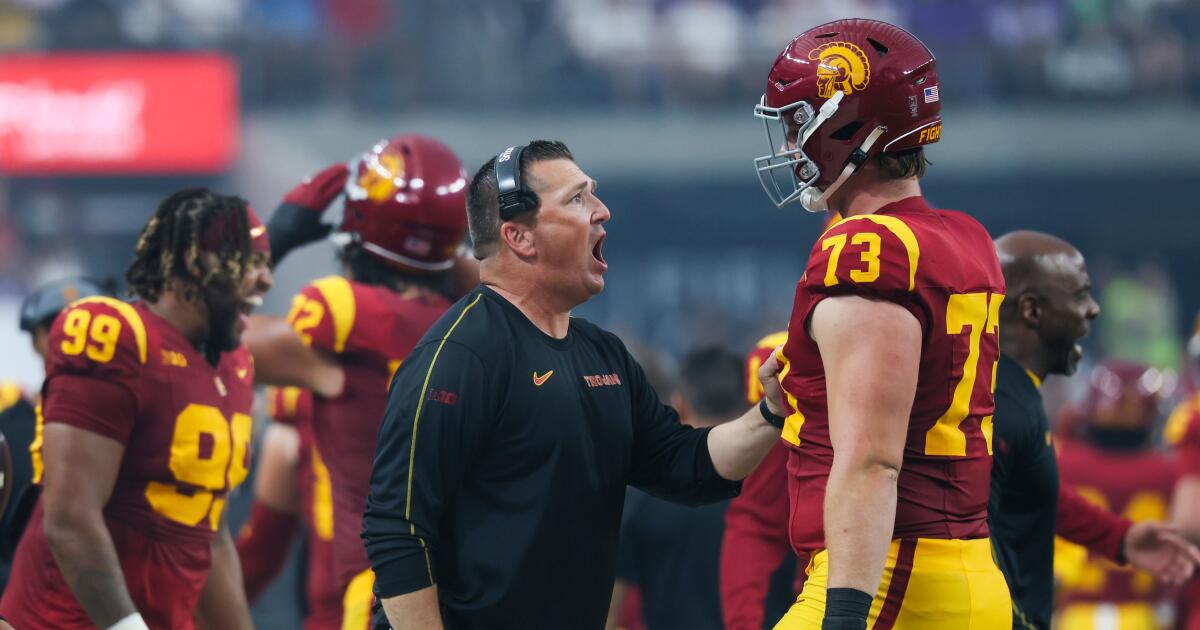Makai Lemon and USC defeat Michigan State to remain unbeaten
Makai Lemon came screaming across the center of the field, gliding past one Michigan State defender, then another, moving as if the world around him were in slow motion.
USC’s top receiver had presumably been a top-line focus of the Spartans’ game plan — and even more so after fellow wideout Ja’Kobi Lane was ruled out Saturday with an injury. But here was Lemon slicing his way through Michigan State’s secondary as if no one had bothered to tell him as much, sprinting free as a deep pass soared in his direction and hit him in perfect stride.
Most of Saturday night’s 45-31 win over Michigan State felt that seamless for USC, which moved the ball with ease on offense, racking up 517 yards in the process. But in a swirl of penalties and poor discipline from its defense, USC inexplicably found itself clinging to a one-score lead in the fourth quarter.
It was the sort of stumble that might’ve prompted flashbacks from the Trojans’ previous conference, when #Pac12AfterDark derailed more than a few seasons while the rest of America slept. Though, as late as Saturday’s game ran — with its conclusion coming just before 3 a.m. Eastern time — there would be no such comeback from Michigan State.
“We were dominating the football game,” USC coach Lincoln Riley said. “But our ability to separate back out, I thought, was just as impressive.”
USC mounted a 13-play drive with its back against the wall in the fourth quarter, at one point even converting a critical fourth down near midfield, before Lemon pushed the pedal to the floor. He went sprinting on a jet motion, took the handoff and flew into the end zone for a score the Spartans couldn’t counter.
“Any time the ball is in his hands, something big is about to happen,” USC quarterback Jayden Maiava said.
With Lane out, Lemon accounted for more than half of the Trojans’ passing output, as he finished with eight receptions for 127 yards and a touchdown, the vast majority of which came in the first half.
Maiava didn’t need to do much more through the air after halftime. He finished with a season-low 234 yards, but completed 20 of 26 passes and added three passing touchdowns, to go with another on the ground.
USC’s rushing attack ultimately made the difference, despite facing a defense that hadn’t allowed any of its opponents to rush for 100 yards.
USC running back Eli Sanders runs with the ball during a win over Michigan State on Saturday night.
(Carlin Stiehl / Los Angeles Times)
Jordan bested that total himself, running for 157 yards on 18 carries, while Eli Sanders added 84 rushing yards of his own.
But once again, the Trojans paid a serious price for their propensity for penalties.
On one third-quarter drive, USC ran into Michigan State’s kicker on a punt, was flagged for an illegal substitution and then was called for pass interference, all within a four-play stretch. For a while, it seemed the sequence might turn the tide towards the Spartans.
“Obviously we haven’t done enough,” Riley said of coaches’ efforts to reduce USC’s penalties.
That message was reiterated after the game by linebacker Eric Gentry, who stood up in front of the team to belabor the severity of their penalty problems. The Trojans were called for 10 total penalties on Saturday for a loss of 88 yards, making it three consecutive games of at least eight penalties.
Fortunately for USC, its defensive front was also able to impact the game in other ways, namely by keeping Spartan quarterback Aidan Chiles uncomfortable in the pocket.
But where the pass rush continued to look improved, USC’s secondary didn’t exactly soothe concerns Saturday. Chiles only threw for 212 yards, but 169 of those yards — almost 80% — came on just four pass plays.
Through four games, USC now ranks worst in the Big Ten in plays allowed of 10 yards or further (17).
“We’ve had about one of them a game,” Riley said, “and we’ve got to put a lid on it.”
The road only gets harder from here for USC (4-0). The Trojans’ next three games (Illinois, Michigan and Notre Dame) come against ranked opponents, and two of those games (Illinois and Notre Dame) are on the road. And while the Irish are 1-2, and the Illini were just steamrolled by Indiana on Saturday, both should provide much tougher tests than the Trojans have faced thus far.
Whether USC will have one of its top receivers back for that stretch remains to be seen. Lane, who was listed as questionable on Saturday, came out with the team for early stretches. But when the team reemerged in full pads for warm-ups, the Trojans stud wideout was wearing sweatpants.
Riley said after the game that the severity of Lane’s injury is still “inconclusive,” but his absence could extend multiple games.
“I don’t think it’ll be super long,” Riley said. “But at the same time, I certainly can’t sit here today and say for sure he’s going to play next week or in the coming weeks.”

Without one of their top targets, USC tried to lean on its backs early. Twelve of the Trojans’ first 16 plays went to either Waymond Jordan or Eli Sanders. But it was Maiava who punched in USC’s first score after he faked a handoff and sprinted 15 yards to paydirt.
Michigan State (3-1), meanwhile, took to the air to challenge the Trojans’ struggling secondary. On the Spartans’ first possession, Chiles found Chrishon McCray wide open for a 42-yard touchdown, and Michigan State took an early lead.
Chiles completed each of his first seven passes. But with their run game completely grounded, the Spartans offense came to a halt. Their next three drives accumulated a combined 66 yards.
USC started humming in the meantime, gaining at least that many yards on four of its five first-half drives. The rushing attack found a rhythm, with seven rushes of 15-plus yards in the first half alone, while Maiava moved the ball with ease through the air.
USC quarterback Jayden Maiava scores a touchdown in the first quarter against Michigan State.
(Carlin Stiehl / Los Angeles Times)
Still, despite being outgained by almost 200 yards before halftime, Michigan State was within a single score — and set to receive the second-half kick — as USC drove 88 yards down the field before half. With 37 seconds left, Maiava lofted a pass to the corner of the end zone for freshman Tanook Hines, who reeled in the well-timed, seven-yard score.
USC looked ready to speed past Michigan State in the second half as it took just four plays and less than two minutes to drive the field. Maiava hit tight end Walker Lyons for a touchdown, his second in two weeks, to make it 31-10.
But Michigan State mounted an 11-play drive, and USC’s defense chipped in with four back-breaking penalties to keep it moving. Eventually, Chiles punched in a touchdown himself, cutting the lead to two scores.
The momentum swung suddenly after that. On the first play of USC’s ensuing possession, wideout DJ Jordan lost a fumble deep in the Trojans’ territory. The turnover opened the door for Michigan State, which needed eight plays to reach paydirt and cut the lead to a single score.
But USC slammed that door shut on its next drive. And while Saturday night’s win wouldn’t go down as the most seamless of the Trojans’ season, it was still just as satisfying to Riley.
“If you’re learning lessons as you win, it’s hard not to be excited about what you see out of this football team,” Riley said. “And everything I see makes me believe that we’re going to continue to grow, learn from some of the mistakes, because there are so many positive things happening out there.”
